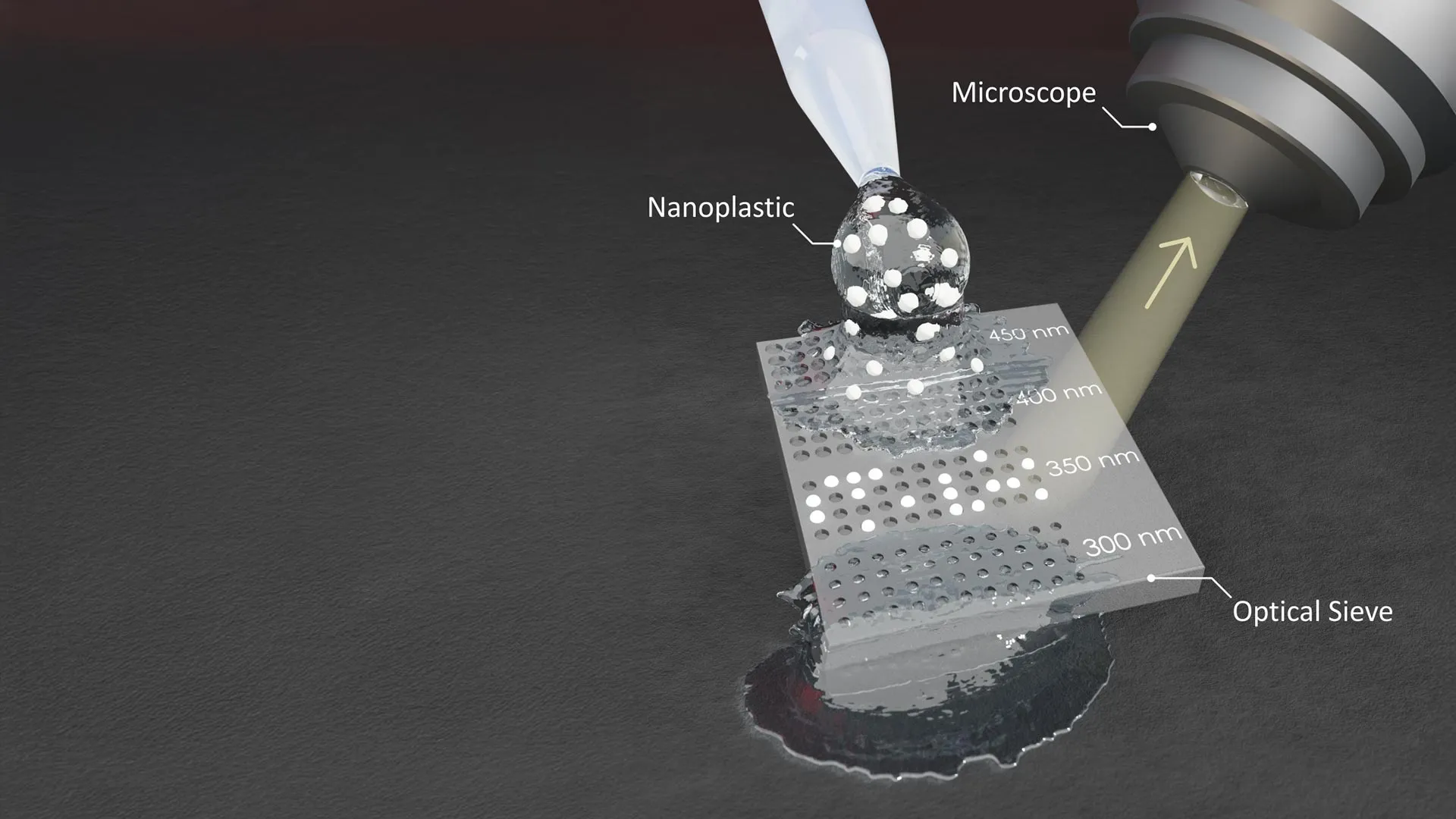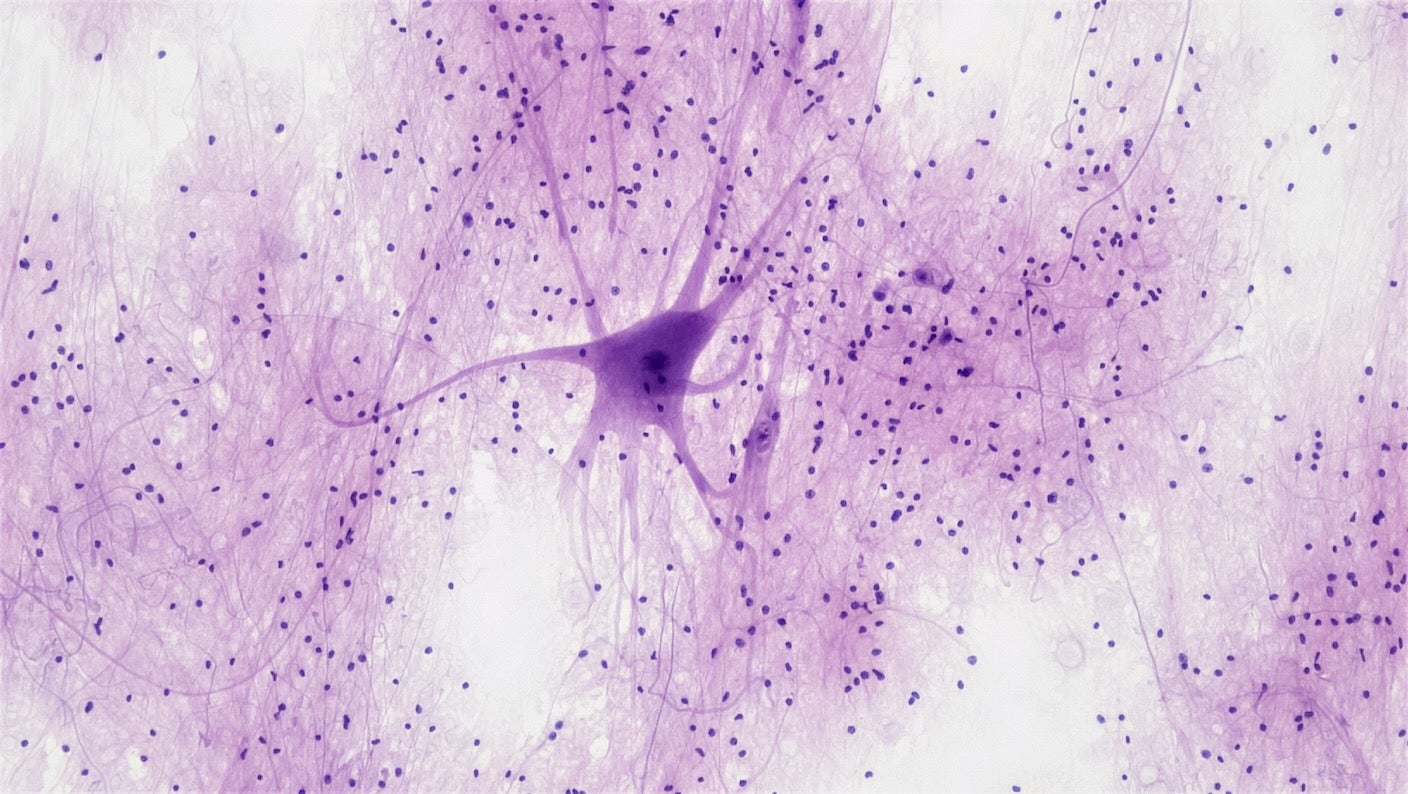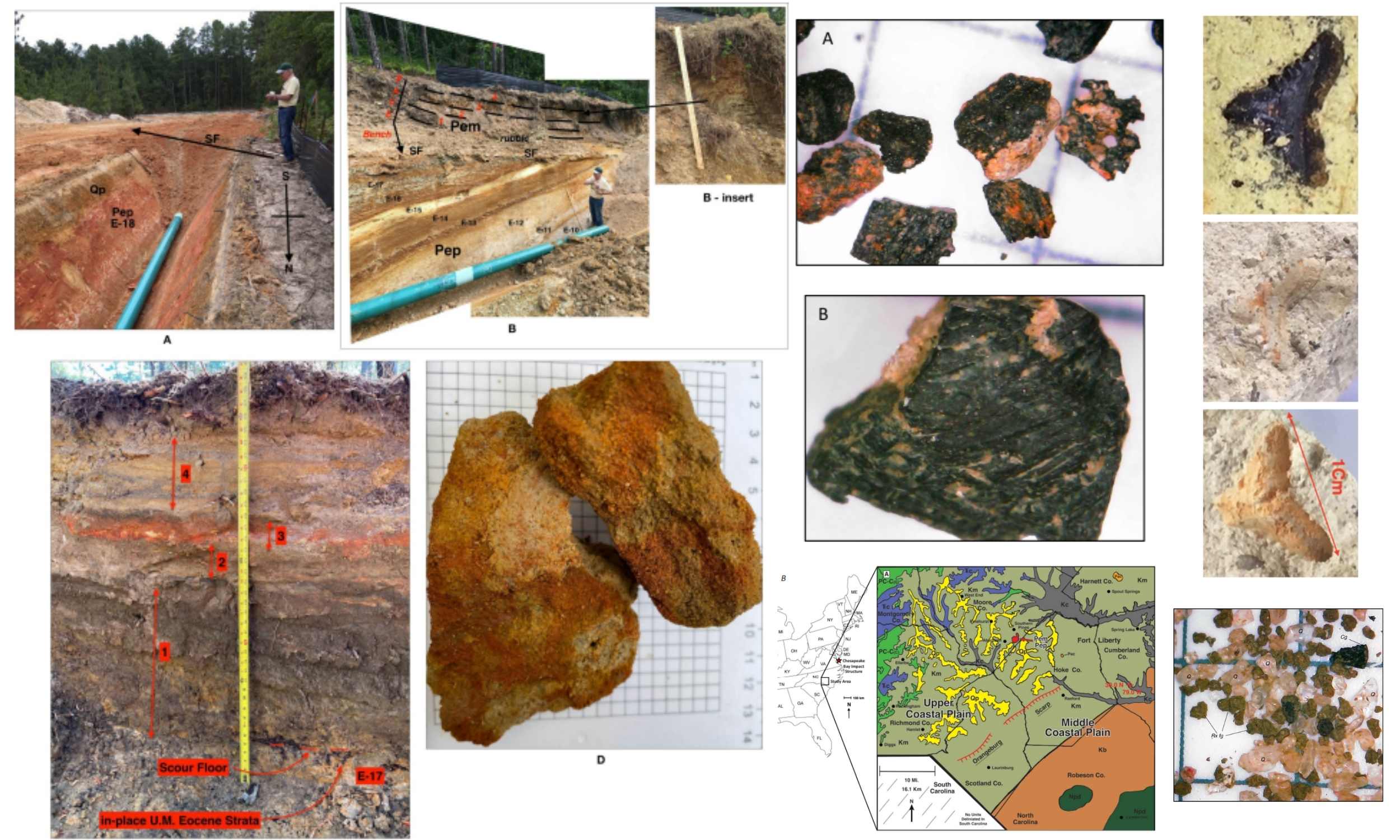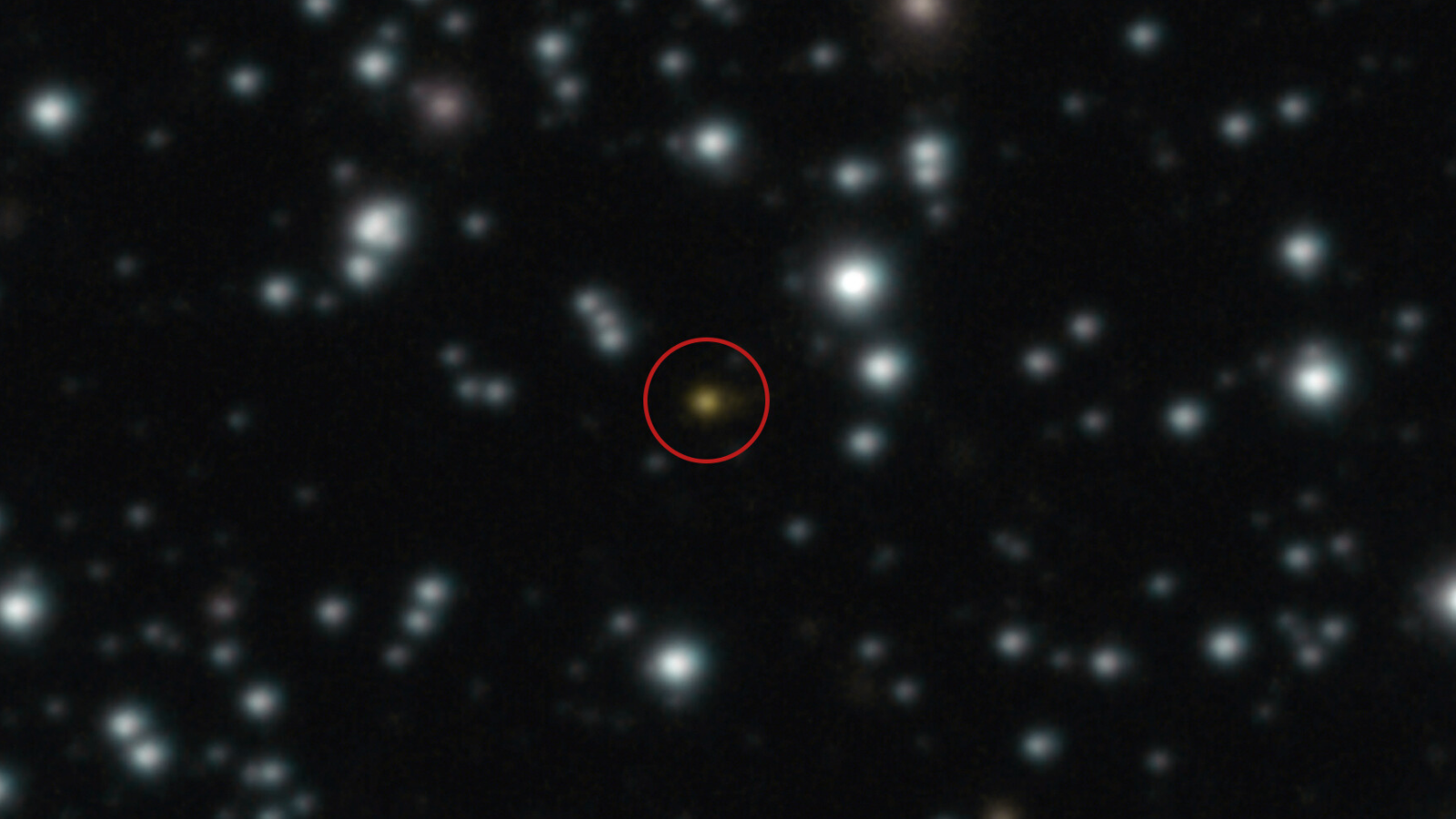Ancient Migration Routes Discovered Beneath the Sea: A Shocking Revelation!

Imagine a world where ancient human paths lie submerged beneath the waves, whispering secrets of our past. A groundbreaking study published in Comptes Rendus Géoscience has revealed just that: the existence of ancient human migration routes lost to the sea, redefining our understanding of how early humans traveled between Africa and Eurasia.
The research, spearheaded by Professor Jerome Dobson from the University of Kansas, employed sophisticated sea-level reconstruction models to delve into submerged landscapes that were once vital corridors for human movement. Joining Dobson's team were experts from the University of Bologna and the University of Urbino, focusing on coastal regions like Egypt and the Red Sea—areas that once flourished with land but have since been erased by rising sea levels following the last ice age.
The Concept of “Aquaterra” – Submerged Landscapes
Enter the term “aquaterra,” a concept coined by Dobson that encapsulates these vast submerged landscapes, which were integral parts of Earth’s surface during the last ice age. As oceans rose and swallowed these lands, crucial pathways for early human migration disappeared. This term helps us visualize the journeys our ancestors undertook. As Dobson expressed, “We hope this enables people to see and explore the landscapes that were exposed during the last ice age.” These newly identified underwater regions serve as a fresh lens through which we can explore human history, revealing migration routes that have remained hidden for thousands of years.
Mapping the Routes of Early Human Migration
The research team skillfully reconstructed several migration routes, illustrating how early humans might have journeyed from Africa to Eurasia. Major corridors identified include paths stretching from Foul Bay to the Nile River, overland routes through the Isthmus of Suez, and maritime passages via the Sicily and Messina Straits. The precision of these maps, generated from advanced sea-level models, shines a light on how early humans navigated the vast landscapes connecting these two continents.
Backing these historical maps is compelling genetic evidence. Dobson pointed out that “the early human haplotype center appears to be in northeast Sudan,” a finding somewhat anticipated by DNA experts. These genetic connections reinforce the mapped migration routes, suggesting that ancient humans traversed these regions over 30,000 years ago. The synergy between genetic analysis and the reconstructed migration pathways provides a clearer understanding of how our ancestors moved and settled.
Submerged Cities and Lost Settlements
The study dives deeper, uncovering submerged coral reefs and hinting at the existence of ancient cities beneath the waves. Foul Bay, situated on Egypt's Red Sea coast, was once a significant hub for migrating humans. Researchers propose that Foul Bay could be home to a lost city named “Berenice Aquaterra,” potentially an important port long before the Greco-Roman city of Berenice Troglodytica came into existence.
Interestingly, historical maps have shown conflicting positions for Berenice around Foul Bay, suggesting that rising sea levels may have submerged the city, causing it to change location over time. This inconsistency raises intriguing questions about human settlements. As Dobson and his colleagues noted, “The unusual abundance of patch coral formations in Foul Bay raises new questions about human settlements.” This calls for in-depth investigations into these submerged remnants waiting to be uncovered.
New Insights into Ancient Egyptian Origins
Additionally, this study offers fresh insights into the origins of early Egyptian civilization. While previous archaeological studies predominantly emphasized a south-to-north migration theory, the new models hint at a possible corridor from Foul Bay to the Nile River, suggesting a stronger connection between Upper Egypt and the Red Sea coast than previously acknowledged.
Dobson highlighted this shift in perspective, asserting, “Archaeological literature often emphasizes the southern route across the Bab el-Mandeb, but the maps they produce show little connection between the western and eastern sides of that divide.” This research encourages us to explore submerged areas, which may lead to exciting archaeological discoveries that have remained obscured by time and water.
The Call for Urgent Underwater Exploration
The findings from this study have reignited interest in underwater archaeology, particularly surrounding Foul Bay and the Suez Canal. The team advocates for the urgent application of a detailed five-step research process, which includes sea-level mapping, geospatial modeling, and excavation, to investigate these submerged migration routes.
With cutting-edge mapping technology and underwater archaeology, we stand on the brink of rediscovering what was lost. This research not only enriches our understanding of human history but also underscores the importance of preserving submerged archaeological sites, which hold the keys to unlocking the mysteries of early human migrations and settlements. The ocean conceals many secrets, and with the right tools and methods, we can reinvestigate these hidden landscapes once more.




























